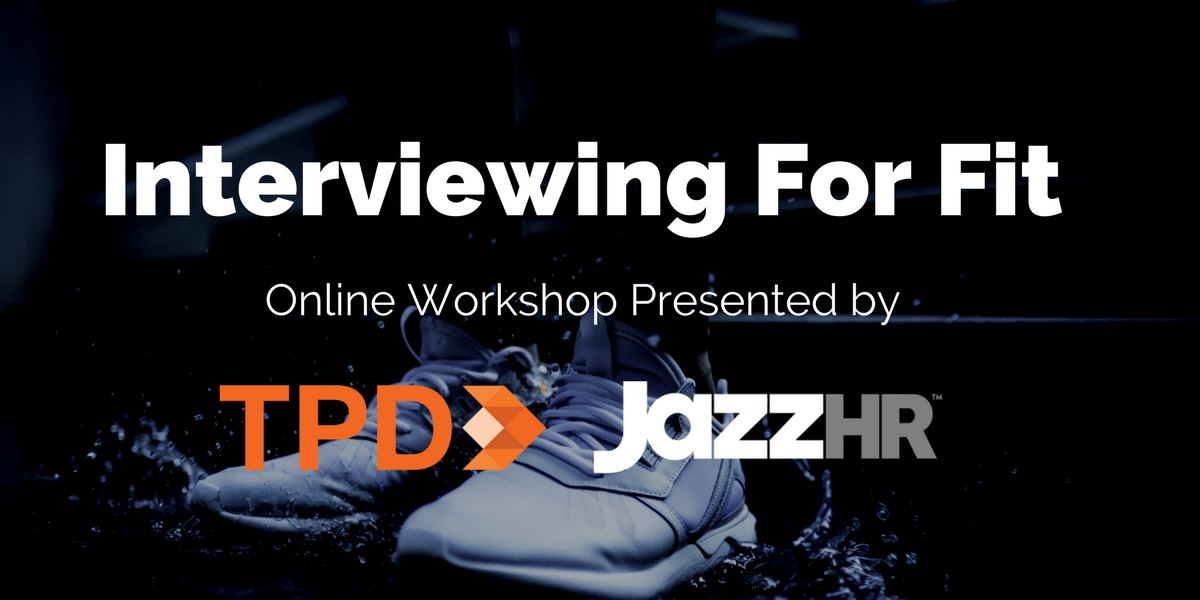
Non-verbal communication—like facial expression, posture and body language—can tell us just as much as verbal conversations. Paying attention to these nonverbal cues, like fidgeting, slouchiness, eye contact, and hand gestures, can help us get to know a job candidate better. Start observing from the minute your interaction begins. How do they greet you? What are they like as they walk to the interview room? Are they slouched over, looking at their phone in the waiting area, or sitting up tall and smiling? Though it shouldn’t be the only reason a candidate does or doesn’t get the job, we recommend considering body language as one of the many tools you use to get to know a someone. While we can learn a lot by observing others, our interpreter skills are not foolproof. We’ve outlined negative and positive body language cues to look out for to help you better read your next candidate during an interview.
Positive Body Language
Positive body language often emulates attributes like confidence, openness, and trust. The candidate will be sitting up tall, making eye contact and possibly using hand gestures to accentuate stories or communicate a point. When we are engaged and focused, our bodies turn towards the person we’re in conversation with. They may be nodding or smiling as you speak.
You’re likely looking for someone enthusiastic about your company and the role they’re applying for, so watching how they respond as you share information about the company culture or responsibilities of the job can show you if their subconscious motions, movements and facial expressions are reflecting a positive reaction. It is typical for interviewees to respond more favourably in interviews than they may actually feel, in an effort to please the interviewer, so paying attention to their non-verbals can help affirm or contradict what they might be saying verbally.

Negative Body Language
Negative body language may reflect feelings of nervousness, retraction and even irritation.
Arms may be crossed or they may be looking down. It could be that this candidate is more introverted or takes longer to warm up to people—which may be acceptable if the role you’re hiring for requires less interpersonal reaction, or is a highly technical, self-driven role. Personality types vary, and different traits are suited to different roles. Record their non-verbals from the first interview and see if they warm up in subsequent meetings. Assess whether an outwardly positive or friendly demeanor is necessary for the role, and if the nonverbal cues are situational or inherent. A great way to test this out is to walk the candidate around the office and introduce them to different teams or potential coworkers. Observe how they interact with people candidally, if they’re timid to make the first move for a handshake, or if they’re hesitant to make eye contact. Getting beyond the interview room can show you more about how they show up in various settings and give you a better read on their genuine personality.
Assessing whether a candidate is the right fit for your team requires strong interview questions and observation skills. To help you find the perfect person for your open positions, we created an online training webinar: Interviewing for Fit. Watch it, record notes, and avoid paying the price for poor hiring decisions.
Filed under Creating Your Dream Team 101

.png?width=2400&name=HQ%20TPD%20careers%20hero%20(1).png)




